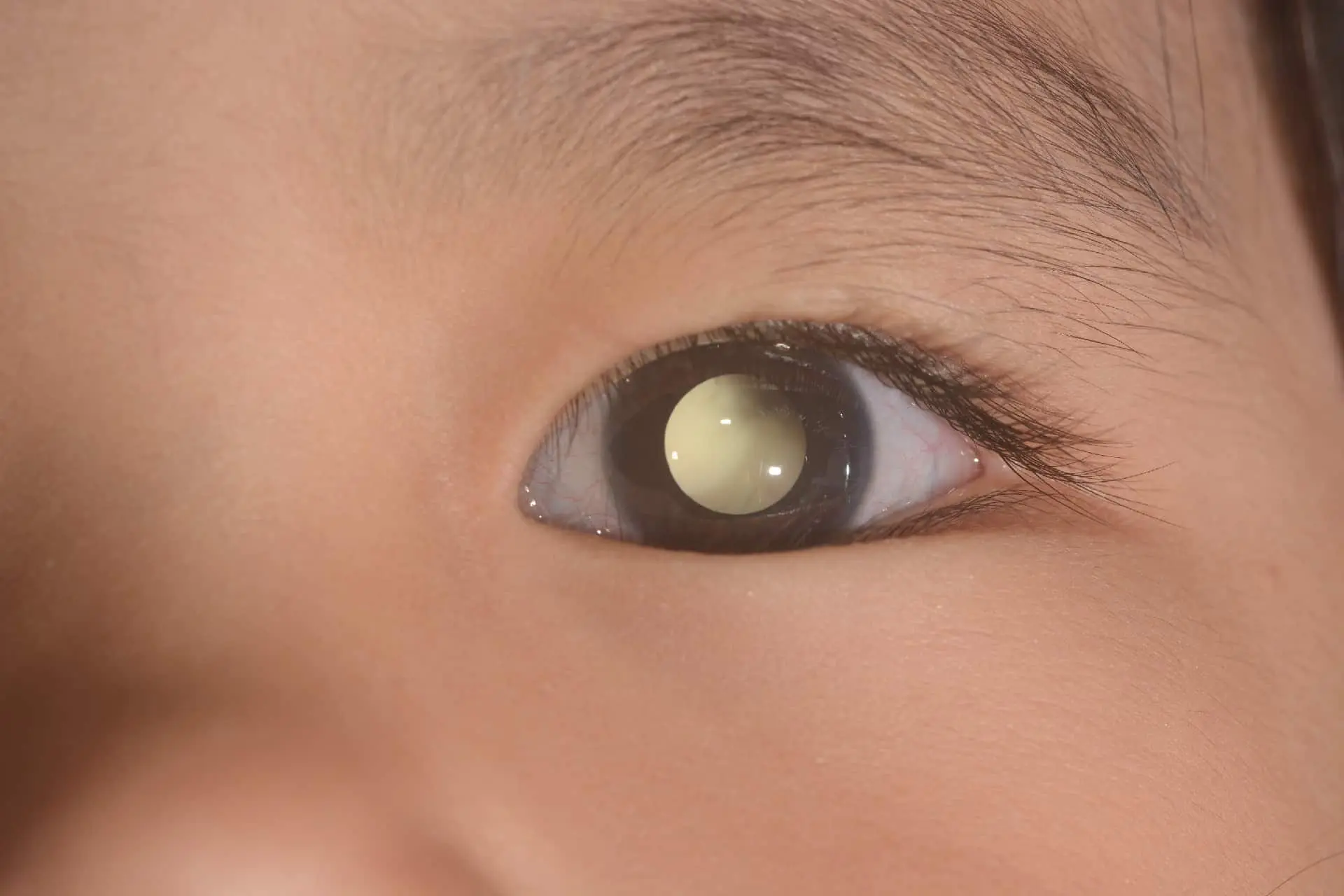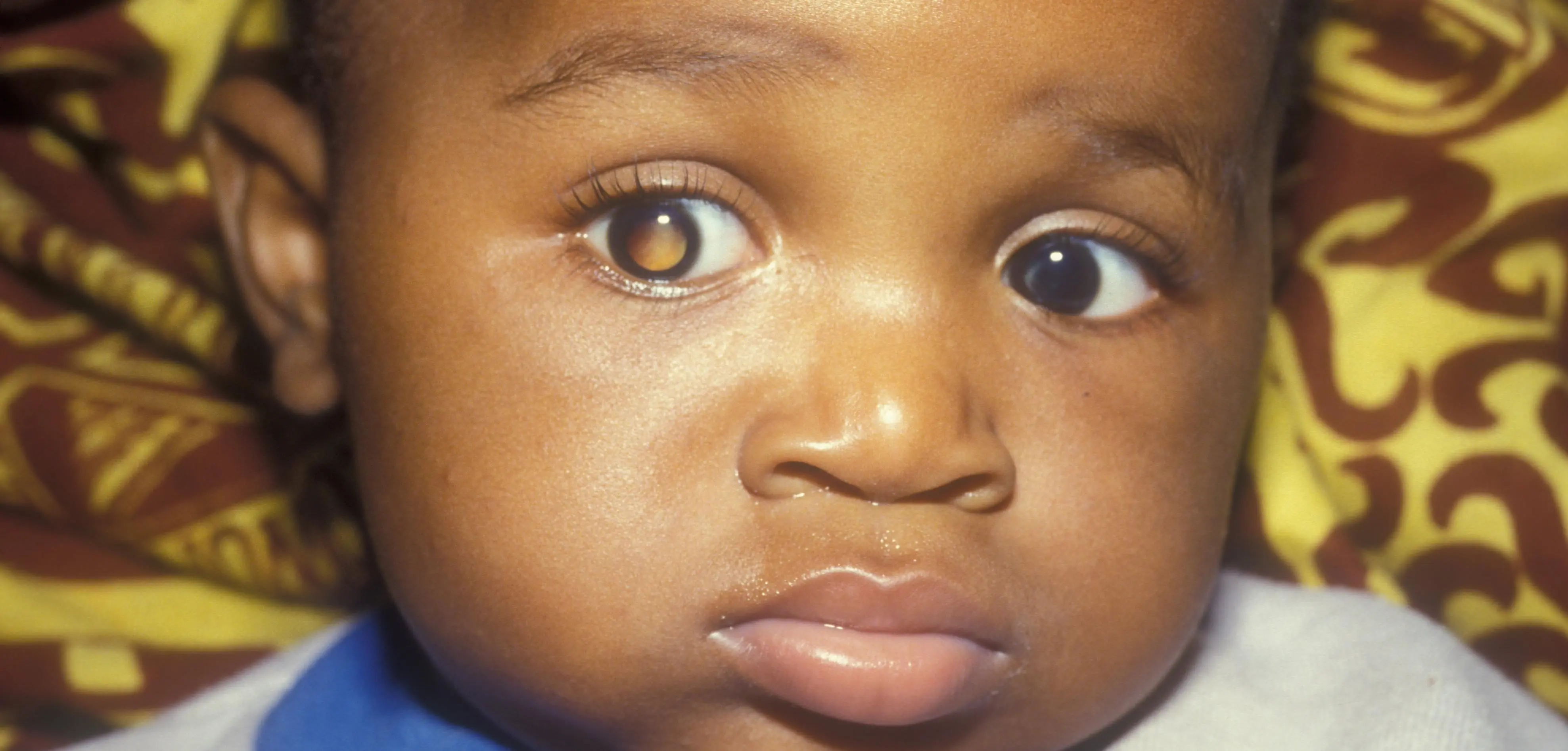Can Retinoblastoma be Cured?
Sometimes
Successful treatment is possible, but outcomes depend on the stage at diagnosis and response to therapy; early detection is crucial for favorable outcomes

What is Retinoblastoma?
Retinoblastoma is a rare childhood cancer that develops in the retina. Treatment may involve surgery, chemotherapy, and radiation therapy. Regular monitoring is important for assessing the response to treatment and managing potential complications.

Clinical Aspects

Characteristics
Rare childhood cancer affecting the retina; most commonly occurs in young children

Symptoms
White reflection in the eye (cat’s eye reflex), crossed eyes, vision problems

Diagnosis
Eye examination, imaging studies

Prognosis
Generally good with early intervention

Complications
Vision loss, complications affecting eye structure
Etiology and Treatment

Causes
Genetic mutations (RB1 gene)

Treatments
Surgery, chemotherapy, radiation therapy, enucleation (removal of the eye)

Prevention
Surgery, chemotherapy, radiation therapy, enucleation (removal of the eye)
Public Health and Patient Perspectives

Epidemiology
Cancer of the eye, typically in children

Patient Perspectives
Surgery, chemotherapy, radiation, sometimes enucleation (removal of the eye)
Please note that the information provided is based on the current understanding of these conditions and treatments may vary based on individual circumstances. Always consult with a healthcare provider for accurate information.
Share: